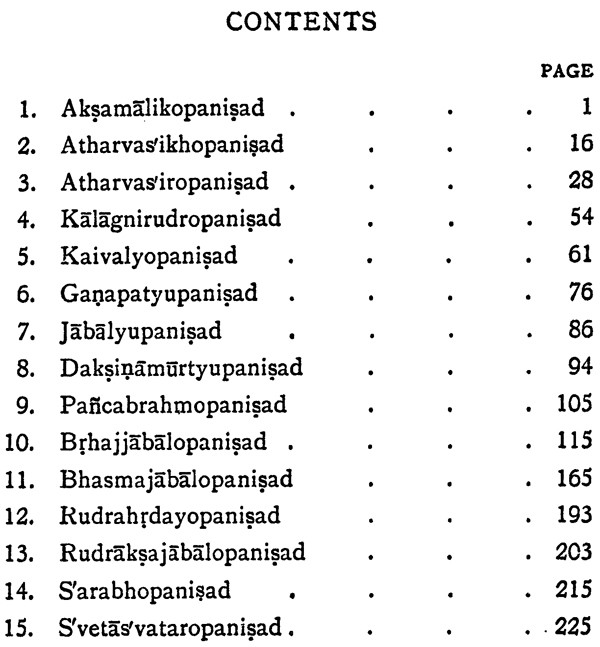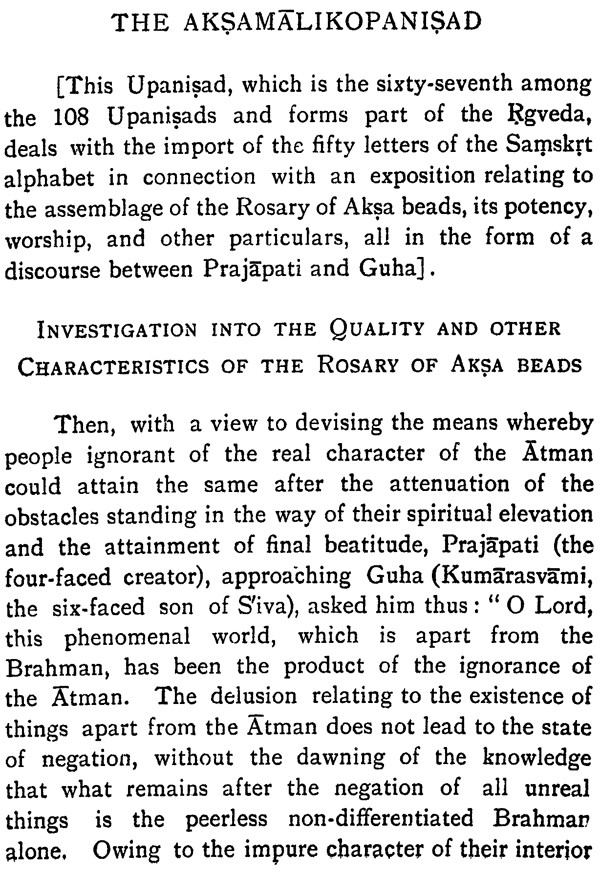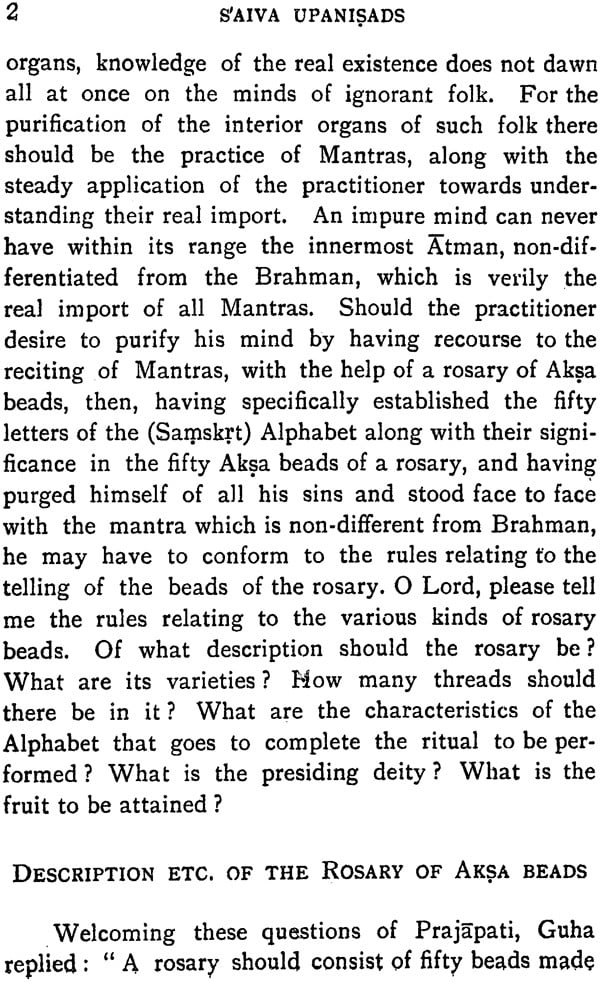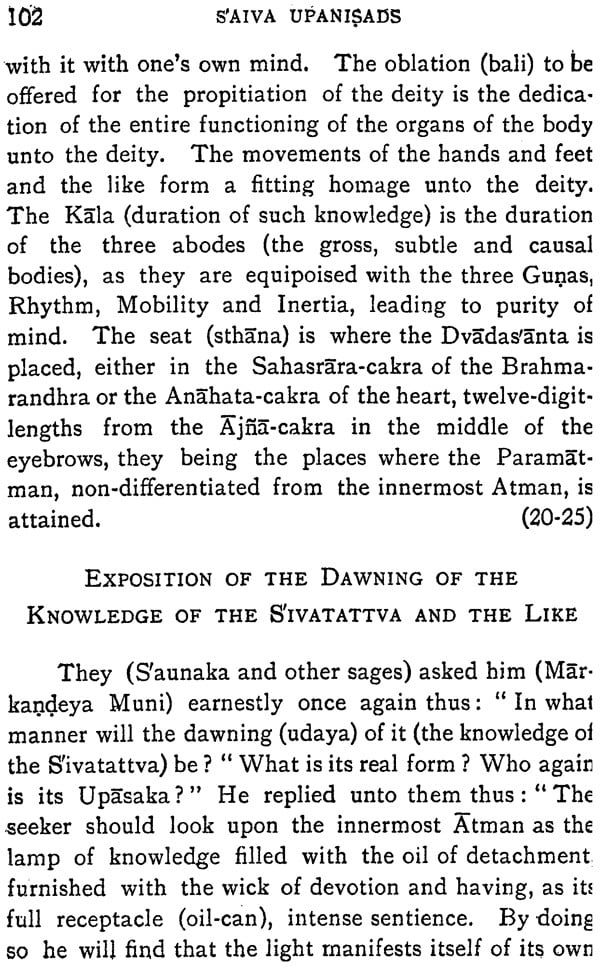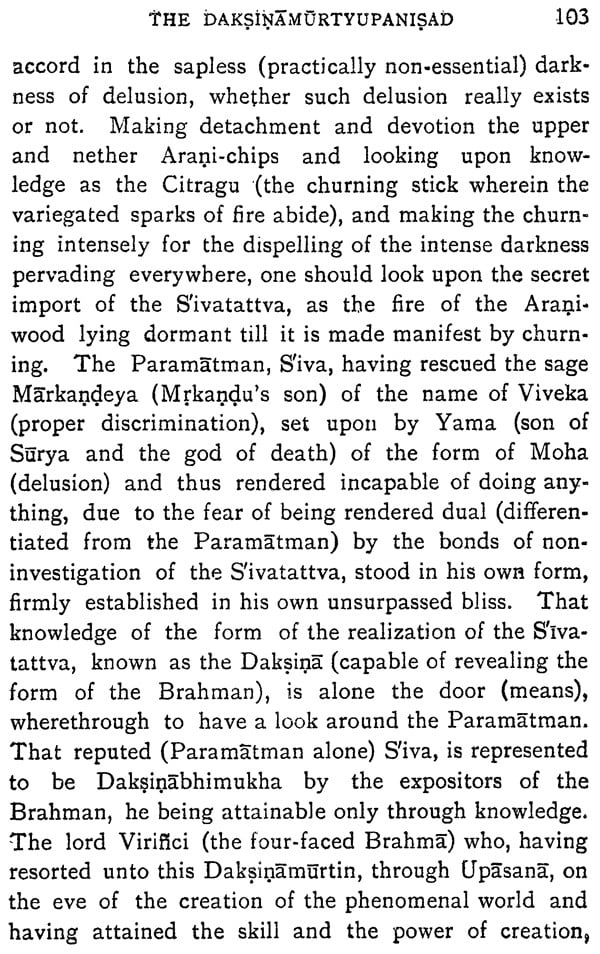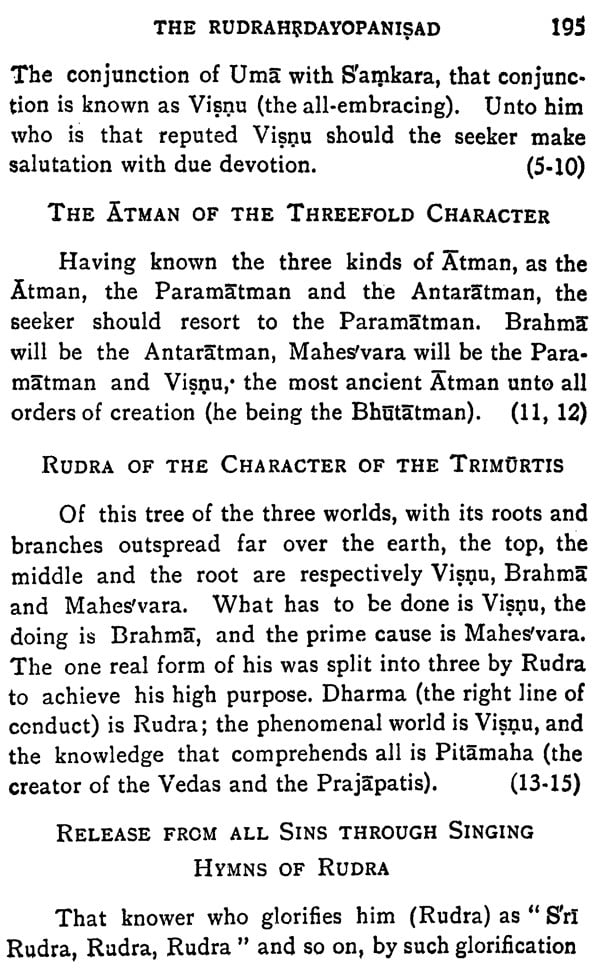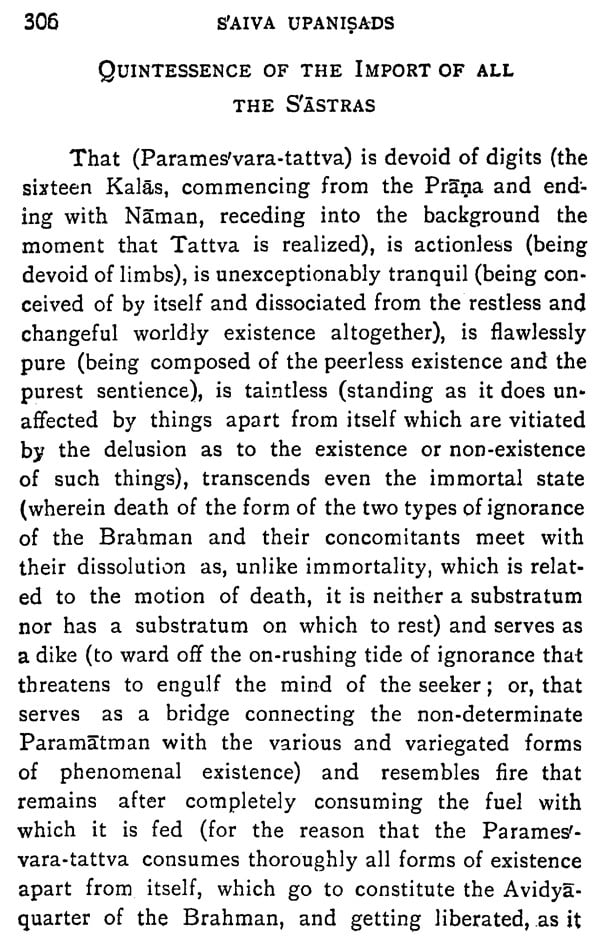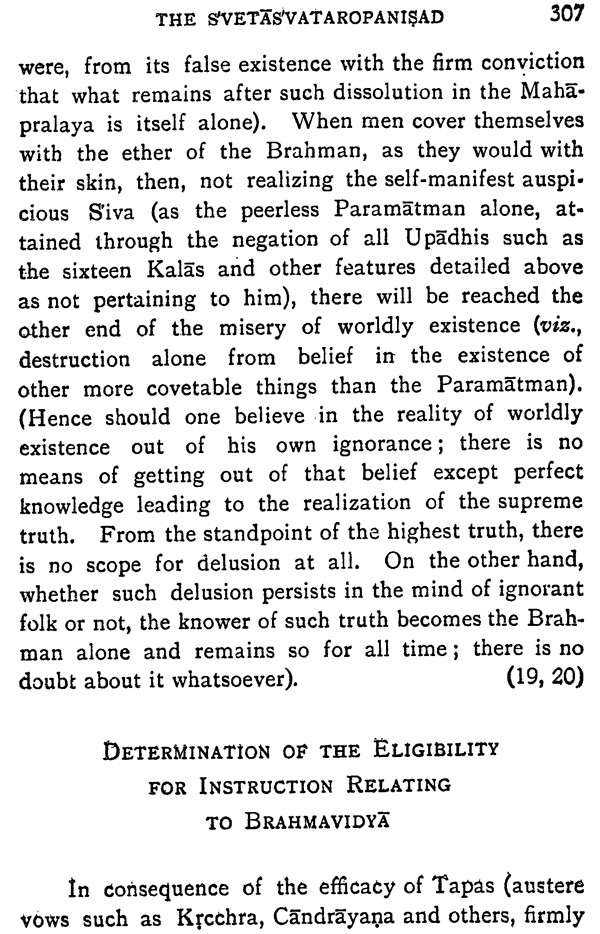
The Saiva Upanisad-s
Book Specification
| Item Code: | NBZ766 |
| Author: | T. R. Srinivasa Ayyangar |
| Publisher: | The Adyar Library and Research Centre |
| Language: | English |
| Edition: | 2013 |
| Pages: | 309 |
| Cover: | HARDCOVER |
| Other Details | 9.00 X 6.00 inch |
| Weight | 550 gm |
Book Description
The translation closely follows the commentary of Sri Upanisadbrahmayogin who is the only one so far known to have achieved the unique distinction of having written a commentary on all the one hundred and eight Upanisads. He has presented, in an extremely lucid manner, Sri Sankaracarya’s commentary on the ten major Upanisads, which he seems to have closely followed. The advantage of following the interpretation of obscure passages by a single writer, right through the entire field covered by the one hundred and eight Upanisads, cannot be overestimated. While an attempt has been made to give a verbatim literatim rendering of the Upanisads, which is indeed no easy task, certain portions which do not bear on the words of the text, but which are helpful in rendering the meaning clear, are added in the light of the Commentary. The introductory notes to the Upanisads are enclosed within rectangular brackets.
According to ancient orthodox usage, certain Mantras, known as Santi-mantras, are recited both at the commencement and the conclusion of the chanting of the Upanisads, such Mantras varying in accordance with the Veda to which the Upanisad belongs.
Book's Contents and Sample Pages
